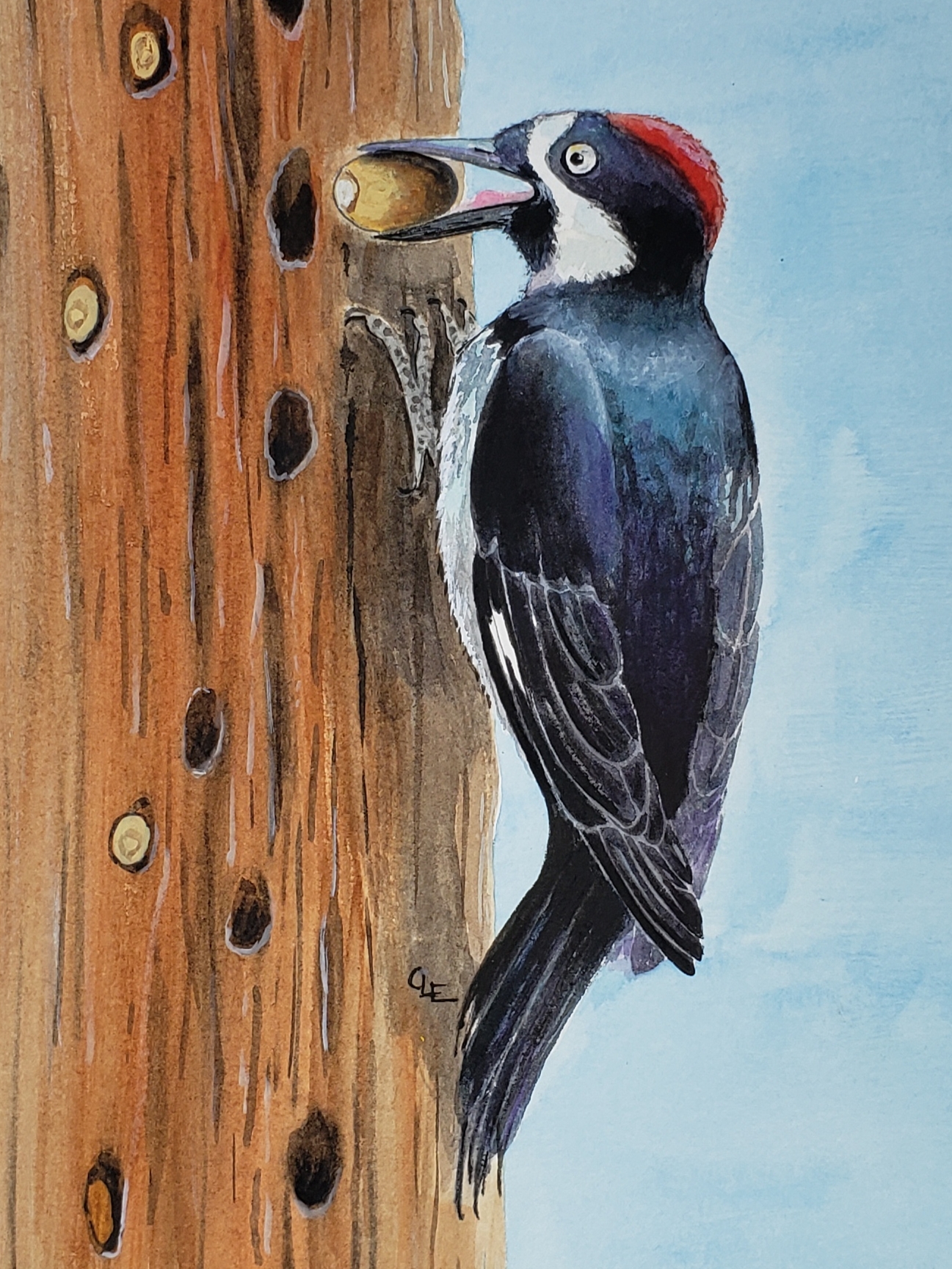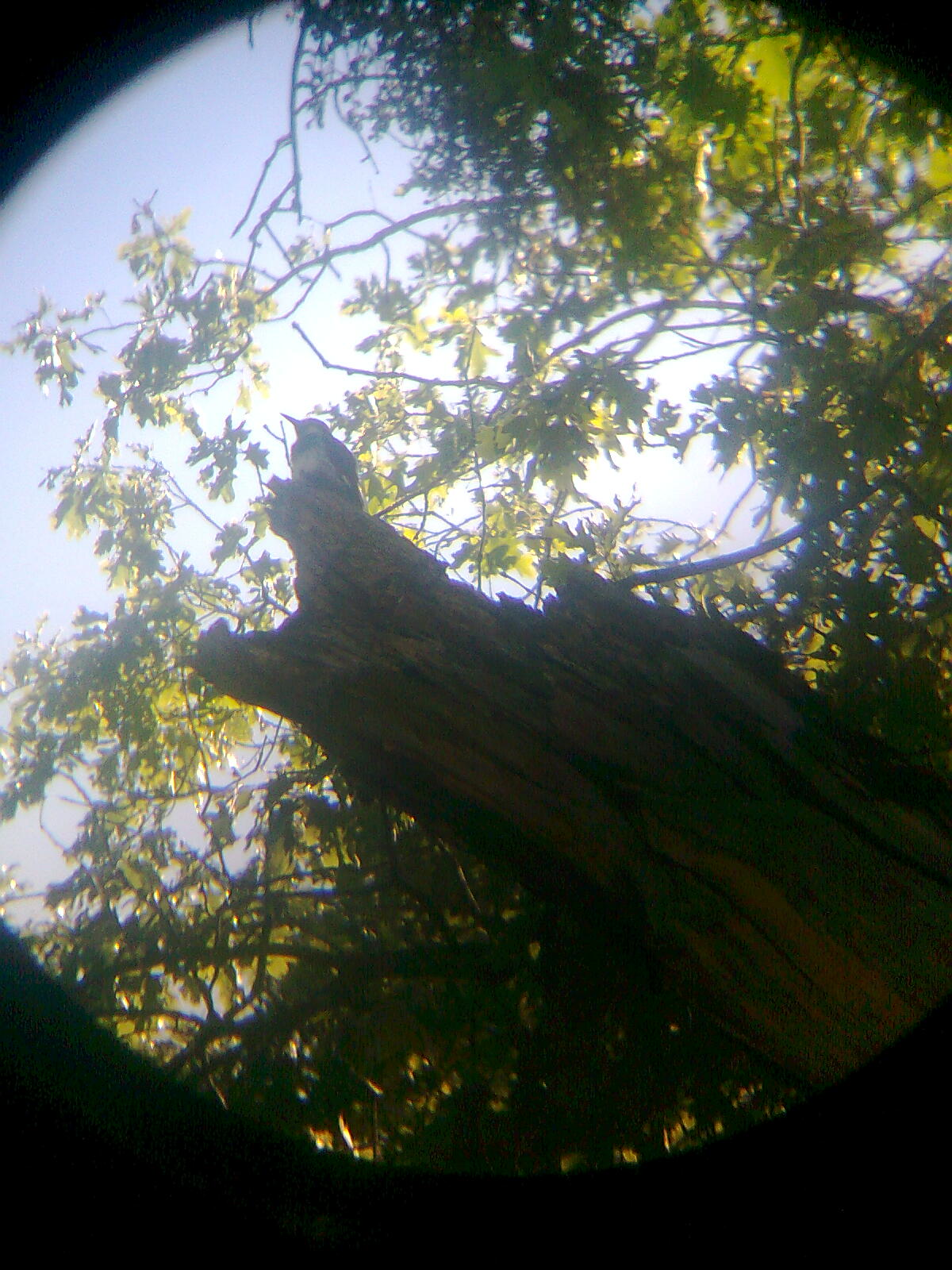

One is that there are a sizeable number of cooperative breeding species that are not kin-based ( Riehl, 2013), and thus, despite evidence supporting the importance of kin selection in many cooperative breeding systems ( Russell and Hatchwell, 2001 Griffin and West, 2003 Browning et al., 2012), helpers are in some cases presumably gaining direct, rather than indirect, fitness benefits. There are, however, several factors that complicate this assumption. Despite decades of work on dozens of species quantifying helping-at-the-nest, there are few studies demonstrating conclusively that helping behavior-in many cases the trait that defines cooperative breeding-is responsible for the increase in reproductive success observed in such taxa when helpers are present.īecause helpers are typically offspring of the breeders ( Emlen, 1991), and since cooperative breeding is generally defined by the presence of more than a pair of individuals feeding at a nest, the assumption is typically that such helping behavior increases the reproductive success of the group, and that the additional offspring that helpers help raise, above and beyond what would be produced in the absence of helpers, confers inclusive fitness benefits. Among the issues that remain unresolved, however, is the question of what is driving the observed variability in helping behavior.

At the functional level, a classic answer for many cooperative breeding species is that the dispersal of helpers is ecologically constrained because of habitat saturation ( Koenig and Pitelka, 1981 Emlen, 1982) and helpers are gaining what inclusive fitness benefits they can-that is, “making the best of a bad job”-by helping to feed and thus raise offspring to which they are genetically related ( Emlen, 1991 Koenig, 2017). Like other evolutionary questions, this problem can be approached at different levels of analysis ( Tinbergen, 1963 Sherman, 1988). Understanding exactly what those behaviors are in this, and most other cooperatively breeding systems, remain to be determined.Ī central problem in the field of evolutionary biology is to understand why helpers help ( Pennisi, 2005). These results fail to support the hypothesis that the primary benefit conferred by helpers is feeding young in the nest rather, they suggest that behaviors such as territorial defense and predator detection are more important. In contrast, the proportion of time helpers spend tending acorn-storage facilities (granaries) and are present in or near their home territory is greater for males than females and, at least for males, positively related to the size of the acorn crop. These patterns do not match the nest-feeding patterns of helpers, which are greater for females than males and do not increase with a larger acorn crop the prior autumn. In terms of young fledged, a helper male confers approximately the same fitness benefits to a group as does a helper female more dramatically, the effects of helper males increases with increasing food supply, most importantly the prior year's acorn crop on which this species depends, whereas that of helper females does not.

Here we look for such a relationship in the cooperatively breeding acorn woodpecker ( Melanerpes formicivorus) in order to begin to identify the behaviors of helpers that drive the increased fitness benefits they confer. One prediction of the hypothesis that feeding behavior per se is responsible for the fitness benefits conferred by helpers is that there should be close congruence between the patterns of helping-at-the-nest and the fitness effects of helpers. In few cases, however, has it been demonstrated that feeding nestlings by helpers, rather than some other behavior associated with helpers' presence, leads to greater reproductive success. 3Department of Biological Sciences, Old Dominion University, Norfolk, VA, United StatesĬooperative breeding groups often involve “helpers-at-the-nest” indeed, such behavior typically defines this intriguing breeding system.



 0 kommentar(er)
0 kommentar(er)
